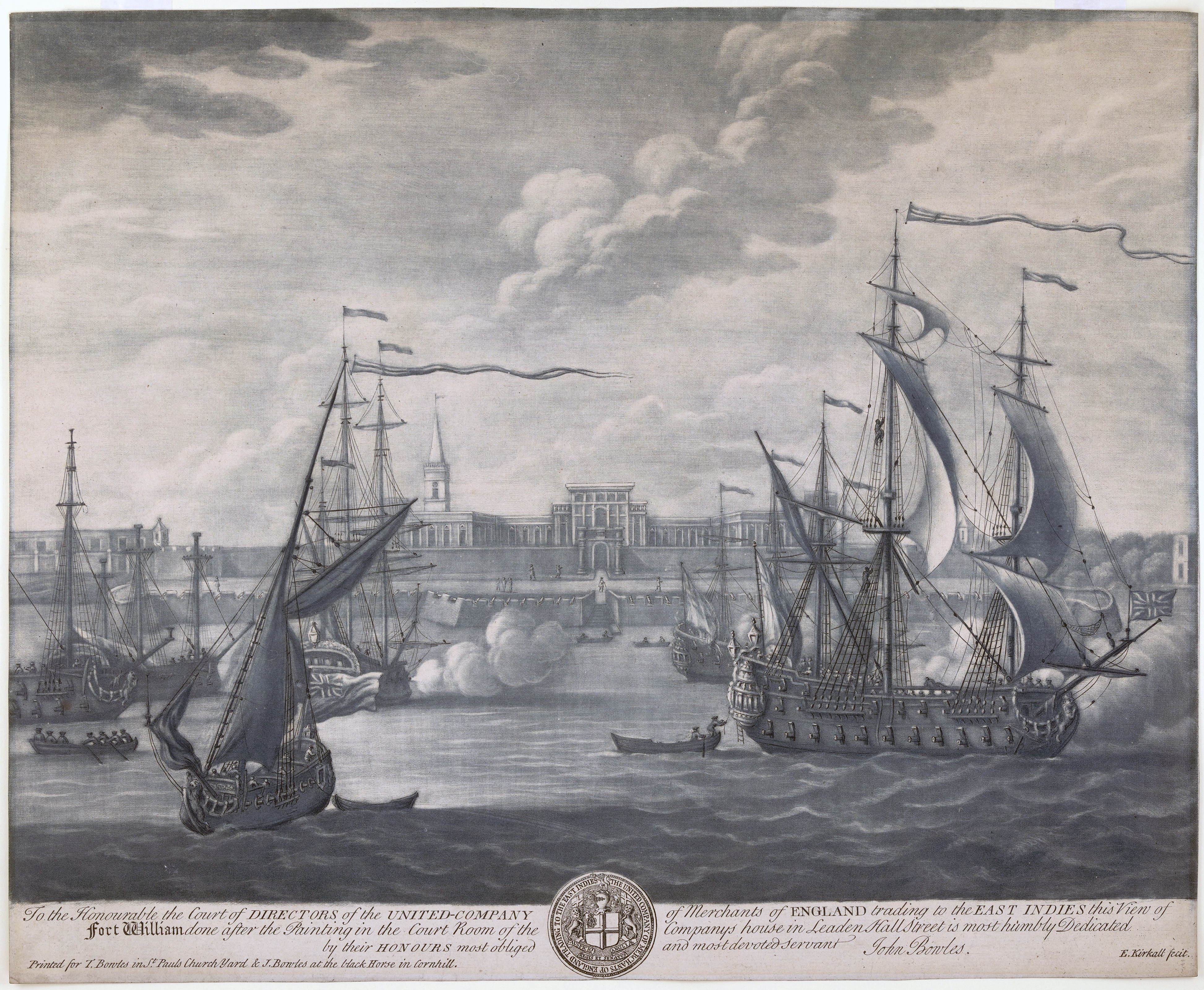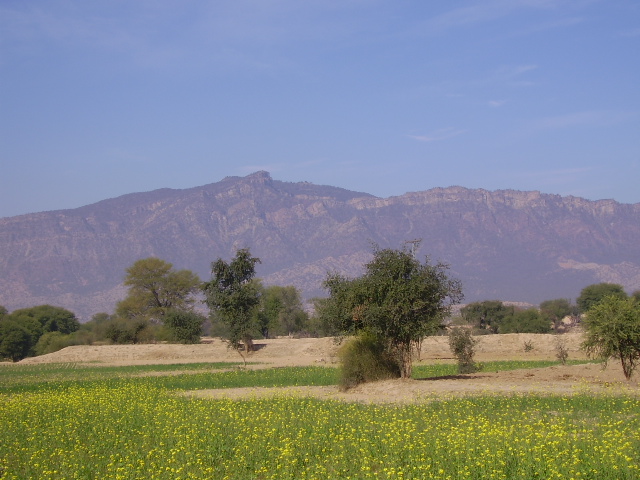|
Dhani Ram Chatrik
Dhani Ram Chatrik (4 October 1876 – 18 December 1954) was an Indian poet and typographer. He is considered one of the pioneers of modern Punjabi language, Punjabi poetry. He promoted Punjabi culture, language and publications through his life. In 1926, he became the President of Punjabi Sahit Sabha, a Punjabi Literary Society. Early life He was born in village Pasian-wala, district Sheikhupura (now in Pakistan). His father Pohu Lal, was an ordinary shopkeeper. His father moved to village Lopoke in search for work. His father taught him Gurmukhi and Urdu scripts. Dhaniram grew fond of calligraphy and went to Bombay to learn Gurmukhi typography. Though a Hindu by birth, he became an admirer of the Sikh faith after he came in contact with the major Punjabi poet of that era Bhai Vir Singh. After this meeting he felt inspired to write verses in the Punjabi Language. Partial bibliography * ''Chatrik authored Fullan Di Tokri'' (1904) * ''Bharthri Hari Bikramajit'' (1905) * ''Nal ... [...More Info...] [...Related Items...] OR: [Wikipedia] [Google] [Baidu] |
Sheikhupura
Sheikhupura ( pa, ; ur, ) also known as Qila Sheikhupura, is a city in the Pakistani province of Punjab. Founded by the Mughal Emperor Jehangir in 1607, Sheikhupura is the 16th largest city of Pakistan by population and is the headquarters of Sheikhupura District. The city is an industrial center, and satellite town, located about 38 km northwest of Lahore. It is also connected to District Kasur. The old name of Sheikhupura was “Virkgarh” due to large number of Virk Jats settled in the area. The Virks are still strong in this area both politically and economically. There are around 132 villages in this area which belong to the Virks. Etymology The region around Sheikhupura was previous known as ''Virk Garh, or'' "''Virk'' Fort", in reference to the Jat tribe that inhabited the area. The city, founded in 1607, was named by Mughal Emperor Jehangir himself - the city's first name is recorded in the Emperor's autobiography, the ''Tuzk-e-Jahangiri,'' in which he refer ... [...More Info...] [...Related Items...] OR: [Wikipedia] [Google] [Baidu] |
Punjab Province (British India)
Punjab was a province of British Raj, British India. Most of the Punjab region was annexed by the East India Company in 2 April 1849, and declared a province of British Rule, it was one of the last areas of the Indian subcontinent to fall under British control. In 1858, the Punjab, along with the rest of British India, came under the direct rule of the British Crown. It had an area of 358,354.5 km2. The province comprised four natural geographic regions – ''Indo-Gangetic Plain West'', ''Himalayan'', ''Sub-Himalayan'', and the ''North-West Dry Area'' – along with five administrative divisions – Delhi, Jullundur, Lahore, Multan, and Rawalpindi – and a number of princely states. In 1947, the Partition of India led to the province's division into East Punjab and West Punjab, in the newly independent Dominions of the British Empire, dominions of Dominion of India, India and Dominion of Pakistan, Pakistan respectively. Etymology The region was originally called Sapta S ... [...More Info...] [...Related Items...] OR: [Wikipedia] [Google] [Baidu] |
British India
The provinces of India, earlier presidencies of British India and still earlier, presidency towns, were the administrative divisions of British governance on the Indian subcontinent. Collectively, they have been called British India. In one form or another, they existed between 1612 and 1947, conventionally divided into three historical periods: *Between 1612 and 1757 the East India Company set up factories (trading posts) in several locations, mostly in coastal India, with the consent of the Mughal emperors, Maratha Empire or local rulers. Its rivals were the merchant trading companies of Portugal, Denmark, the Netherlands, and France. By the mid-18th century, three ''presidency towns'': Madras, Bombay and Calcutta, had grown in size. *During the period of Company rule in India (1757–1858), the company gradually acquired sovereignty over large parts of India, now called "presidencies". However, it also increasingly came under British government oversight, in effect shar ... [...More Info...] [...Related Items...] OR: [Wikipedia] [Google] [Baidu] |
Lopoke
Lopoke is a village in the Punjab province of Pakistan Pakistan ( ur, ), officially the Islamic Republic of Pakistan ( ur, , label=none), is a country in South Asia. It is the world's List of countries and dependencies by population, fifth-most populous country, with a population of almost 24 .... It is located at 31°8'0N 72°50'0E with an altitude of 166 metres (547 feet). References Villages in Punjab, Pakistan {{Faisalabad-geo-stub ... [...More Info...] [...Related Items...] OR: [Wikipedia] [Google] [Baidu] |
Amritsar
Amritsar (), historically also known as Rāmdāspur and colloquially as ''Ambarsar'', is the second largest city in the Indian state of Punjab, after Ludhiana. It is a major cultural, transportation and economic centre, located in the Majha region of Punjab. The city is the administrative headquarters of the Amritsar district. According to the United Nations, as of 2018, Amritsar is the second-most populous city in Punjab and the most populous metropolitan region in the state with a population of roughly 2 million. Amritsar is the centre of the Amritsar Metropolitan Region. According to the 2011 census, the population of Amritsar was 1,989,961. It is one of the ten Municipal Corporations in the state, and Karamjit Singh Rintu is the current Mayor of the city. The city is situated north-west of Chandigarh, 455 km (283 miles) north-west of New Delhi, and 47 km (29.2 miles) north-east of Lahore, Pakistan, with the Indo-Pak Border (Attari-Wagah) being only awa ... [...More Info...] [...Related Items...] OR: [Wikipedia] [Google] [Baidu] |
Punjabi Language
Punjabi (; ; , ), sometimes spelled Panjabi, is an Indo-Aryan languages, Indo-Aryan language of the Punjab, Punjab region of Pakistan and India. It has approximately 113 million native speakers. Punjabi is the most widely-spoken first language in Pakistan, with 80.5 million native speakers as per the 2017 Census of Pakistan, 2017 census, and the 11th most widely-spoken in India, with 31.1 million native speakers, as per the 2011 Census of India, 2011 census. The language is spoken among a Punjabi diaspora, significant overseas diaspora, particularly in Canada, the United States, and the United Kingdom. In Pakistan, Punjabi is written using the Shahmukhi alphabet, based on the Persian alphabet, Perso-Arabic script; in India, it is written using the Gurmukhi, Gurmukhi alphabet, based on the Brahmic scripts, Indic scripts. Punjabi is unusual among the Indo-Aryan languages and the broader Indo-European languages, Indo-European language family in its usage of Tone (linguistics) ... [...More Info...] [...Related Items...] OR: [Wikipedia] [Google] [Baidu] |
Gurmukhi
Gurmukhī ( pa, ਗੁਰਮੁਖੀ, , Shahmukhi: ) is an abugida developed from the Laṇḍā scripts, standardized and used by the second Sikh guru, Guru Angad (1504–1552). It is used by Punjabi Sikhs to write the language, commonly regarded as a Sikh script, Gurmukhi is used in Punjab, India as the official script of the Punjabi language. While Shahmukhi script is used in Punjab, Pakistan as the official script. The primary scripture of Sikhism, the Guru Granth Sahib, is written in Gurmukhī, in various dialects and languages often subsumed under the generic title '' Sant Bhasha'' or ''saint language'', in addition to other languages like Persian and various phases of Indo-Aryan languages. Modern Gurmukhī has thirty-five original letters, hence its common alternative term ''paintī'' or "the thirty-five," plus six additional consonants, nine vowel diacritics, two diacritics for nasal sounds, one diacritic that geminates consonants and three subscript ch ... [...More Info...] [...Related Items...] OR: [Wikipedia] [Google] [Baidu] |
Bhai Vir Singh
Bhai Vir Singh (5 December 1872 – 10 June 1957) was an Indian poet, scholar, and theologian of the Sikh revival movement, playing an important part in the renewal of Punjabi literary tradition. Singh's contributions were so important and influential that he became canonized as Bhai, an honorific often given to those who could be considered a saint of the Sikh faith. Family and personal life Born in 1872, in Amritsar, Bhai Vir Singh was the eldest of Dr. Charan Singh's three sons. Vir Singh's family could trace its ancestry as far back as to Diwan Kaura Mal, a vice-governor (Maharaja Bahadur) of the city Multan. His grandfather, Kahn Singh (1788–1878), spent a great deal of his youth training and learning traditional Sikh lessons in monasteries. Fluent in Sanskrit and Braj, as well as in the oriental systems of medicine (such as Ayurveda, Siddha and Yunani), Kahn Singh influenced his only son, Dr. Charan Singh, who later fathered Vir Singh, to become an active member of th ... [...More Info...] [...Related Items...] OR: [Wikipedia] [Google] [Baidu] |
1876 Births
Events January–March * January 1 ** The Reichsbank opens in Berlin. ** The Bass Brewery Red Triangle becomes the world's first registered trademark symbol. * February 2 – The National League, National League of Professional Base Ball Clubs is formed at a meeting in Chicago; it replaces the National Association of Professional Base Ball Players. Morgan Bulkeley of the Hartford Dark Blues is selected as the league's first president. * February 2 – Third Carlist War – Battle of Montejurra: The new commander General Fernando Primo de Rivera marches on the remaining Carlist stronghold at Estella-Lizarra, Estella, where he meets a force of about 1,600 men under General Carlos Calderón, at nearby Montejurra. After a courageous and costly defence, Calderón is forced to withdraw. * February 14 – Alexander Graham Bell applies for a patent for the telephone, as does Elisha Gray. * February 19 – Third Carlist War: Government troops under General Pr ... [...More Info...] [...Related Items...] OR: [Wikipedia] [Google] [Baidu] |
1954 Deaths
Events January * January 1 – The Soviet Union ceases to demand war reparations from West Germany. * January 3 – The Italian broadcaster RAI officially begins transmitting. * January 7 – Georgetown-IBM experiment: The first public demonstration of a machine translation system is held in New York, at the head office of IBM. * January 10 – BOAC Flight 781, a de Havilland Comet jet plane, disintegrates in mid-air due to metal fatigue, and crashes in the Mediterranean near Elba; all 35 people on board are killed. * January 12 – Avalanches in Austria kill more than 200. * January 15 – Mau Mau leader Waruhiu Itote is captured in Kenya. * January 17 – In Yugoslavia, Milovan Đilas, one of the leading members of the League of Communists of Yugoslavia, is relieved of his duties. * January 20 – The US-based National Negro Network is established, with 46 member radio stations. * January 21 – The first nuclear-pow ... [...More Info...] [...Related Items...] OR: [Wikipedia] [Google] [Baidu] |
Punjabi-language Poets
Punjabi (; ; , ), sometimes spelled Panjabi, is an Indo-Aryan language of the Punjab region of Pakistan and India. It has approximately 113 million native speakers. Punjabi is the most widely-spoken first language in Pakistan, with 80.5 million native speakers as per the 2017 census, and the 11th most widely-spoken in India, with 31.1 million native speakers, as per the 2011 census. The language is spoken among a significant overseas diaspora, particularly in Canada, the United States, and the United Kingdom. In Pakistan, Punjabi is written using the Shahmukhi alphabet, based on the Perso-Arabic script; in India, it is written using the Gurmukhi alphabet, based on the Indic scripts. Punjabi is unusual among the Indo-Aryan languages and the broader Indo-European language family in its usage of lexical tone. History Etymology The word ''Punjabi'' (sometimes spelled ''Panjabi'') has been derived from the word ''Panj-āb'', Persian for 'Five Waters', referring to ... [...More Info...] [...Related Items...] OR: [Wikipedia] [Google] [Baidu] |








